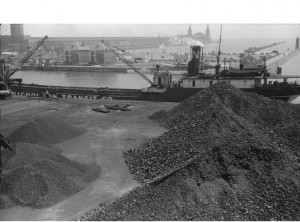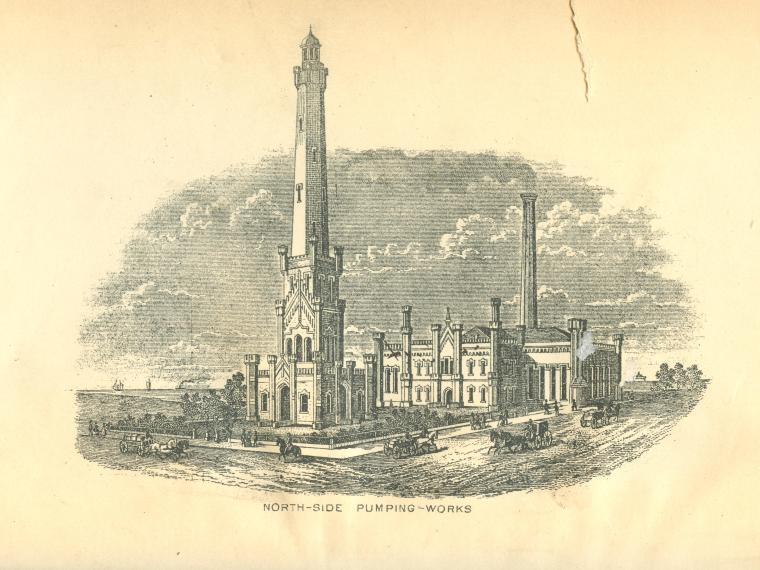Coal is abundant within 60 miles of Chicago. Coal has been the dominant energy source for most of Chicago’s modern history, especially from the 1850s to the 1950s. Coal fueled steamships and railroads, heated houses and large buildings, drove industrial machinery, pumped water, made steel and was the primary source of gas and electricity.
The Fourth Annual Review of Commerce showed that in 1854 Chicago burned 50,000 cords of wood and 52,000 tons of coal. A cord of wood generally has less energy than a ton of coal. So even in the early years, coal was overtaking wood as a fuel. Chicago had nearly 70,000 people. This would be equivalent to about 1.5 tons of coal per person.
The Committee on Smoke Abatement did a careful count of coal consumption in 1912. Twenty-one million tons of coal were consumed, or about 10 tons per person, six times the 1854 usage. About 3 million tons were used for trains, 4 million for steel mills and less than 1 million to produce gas. The remaining 13 million tons were used to produce heat, electricity and stationary power.
Stationary power included such things as the massive pumps used to provide Chicago’s water supply and 19th century factories with leather belts from a central steam engine to individual machines.
According to the history of Peoples Gas, Texas natural gas first became available in 1932. Prior to that gas had been produced from coal. The change from coal gas to natural gas was not complete until the 1960s.




Add a comment to: Coal: Technology That Changed Chicago